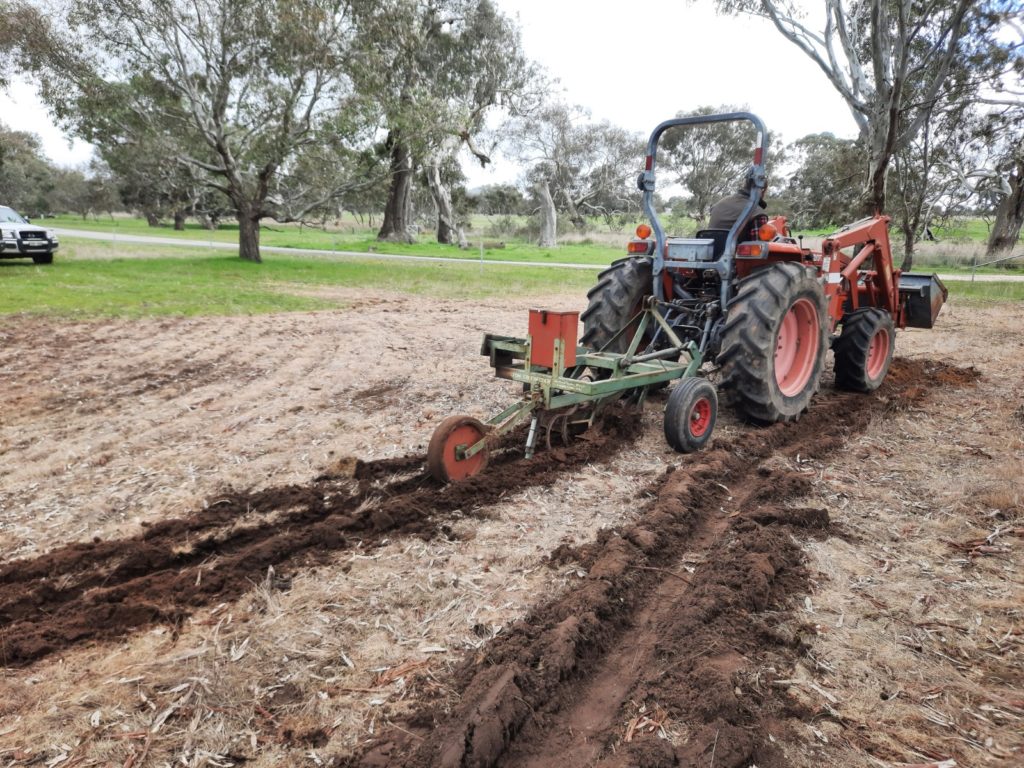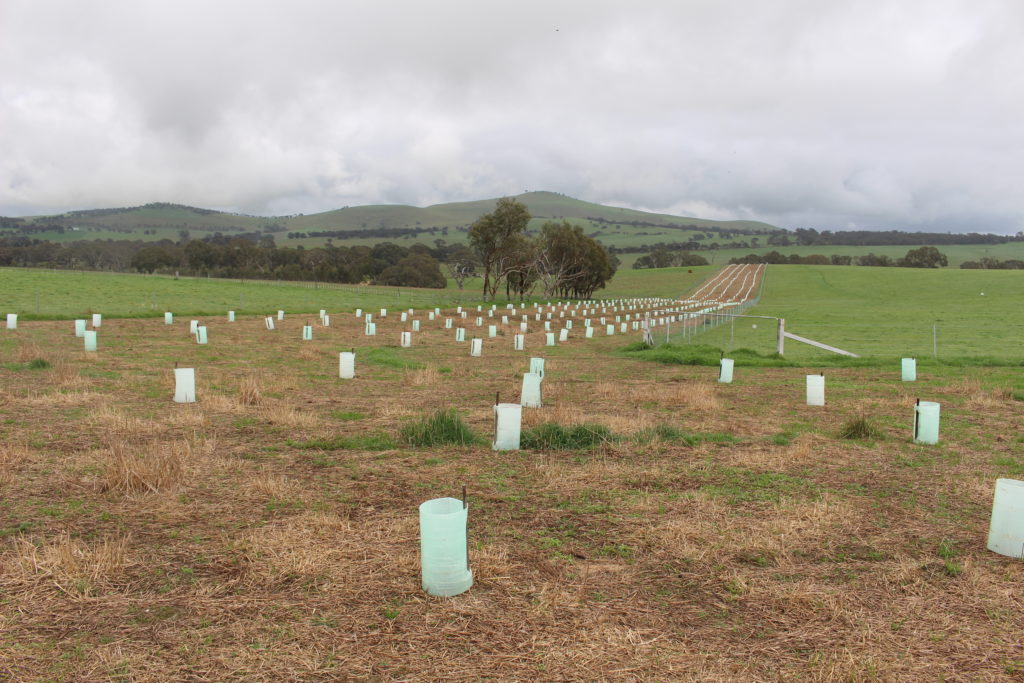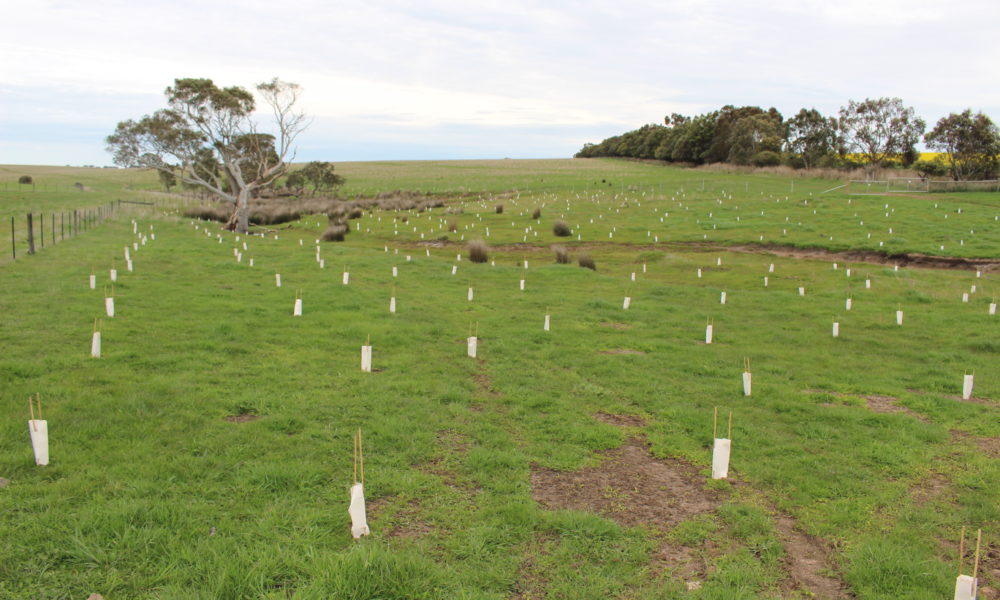The Upper Hopkins Land Management Group has a successful history of Landcare projects in the region. Our Landcare members continue to work to protect our landscape and build ecological resilience in the face of climate change.
Fencing and tree-planting are two simple fixes that landholders can use to create biodiversity corridors for native wildlife, protect wetlands and waterways, and improve outcomes for lambing ewes and other livestock.
These videos and resources provide an introduction to tree-planting and revegetation projects. If you need to know more, please contact your Landcare Facilitator: https://upperhopkins.org.au/contact/.
Site preparation
- For maximum biodiversity benefits, plan for plantings to be at least 20 metres wide. It’s even better if your new planting can connect to remnant vegetation or an existing planting.
- Provide adequate fencing to keep out livestock and kangaroos.
- Spray and rip before planting.
Borrow equipment from the Landcare group
Site preparation and tree planting can require some specialised equipment, especially for bigger projects. Upper Hopkins Land Management Group has some important resources that can be shared with Landcare members, including tree-planters and a direct seeder. Contact the Landcare Facilitator to make a reservation.

Tree planting
- Choose the right trees for the location.
- Consider direct seeding for large areas and tubestock trees for smaller areas or places that you can’t access with the tractor.
- Review the Tree Selection Guide to help you choose the right trees for your location.
What should you plant?
This tree species list includes many of the common trees and shrubs found in different ecosystems in the Upper Hopkins. Use this as a guide when selecting trees for your revegetation project.

Caring for your trees
- Choose the right tree guard for your situation:
- milk cartons are cheap and biodegradable, but don’t offer much protection.
- plastic sleeves are cheap but do not degrade and must be collected, which can be a big job if you’re planting lots of trees.
- corflute is more expensive but creates a great rabbit barrier and a good microhabitat for new trees. They can be collected and reused.
- tall wire guards are good for paddock trees (but they are expensive and labour-intensive!).
- Water immediately after planting.
- If there is a weed problem, consider spraying with glyphosate
- Hope for survival rate of 70-80% – not all trees will be successful.
Other useful resources
Agroforestry in Australia: Tree establishment on Australian farms
Agriculture Victoria: Establishing Trees on Farms

This project has been supported by the Victorian Government
through the Victorian Landcare Grant Program.

